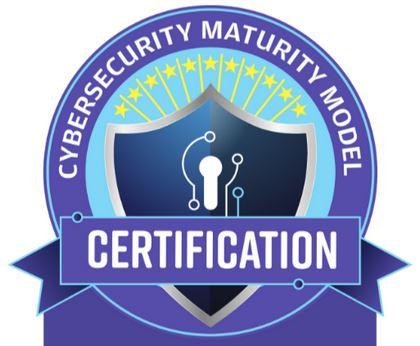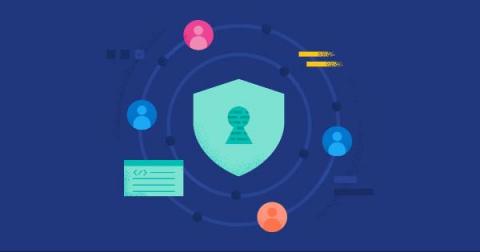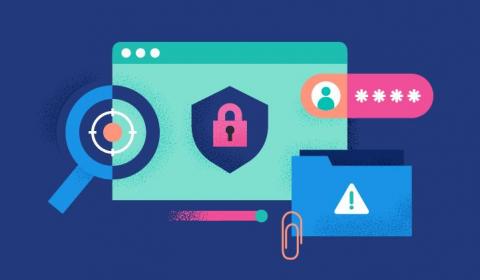Security | Threat Detection | Cyberattacks | DevSecOps | Compliance
Latest News
What is the difference between XDR and SIEM?
Over the past twenty years, security information and event management (SIEM) platforms have been one of the key solutions for cybersecurity management, as they help security teams centralize attack and threat detection activities. The cybersecurity industry is now shifting towards a new type of solution known as extended detection and response (XDR). As the two technologies are similar and have overlapping capabilities, many people still don’t know how they differ.
Using Co-Managed SOC to Derive Maximum Value from a SIEM Investment
Security information and event management (SIEM) systems are crucial to cyber security, providing a solution for collecting and analyzing alerts from all manner of security tools, network infrastructure, and applications. But simply having a SIEM is not enough because to be truly effective, it must be properly configured, managed, and monitored 24x7.
Mastering CMMC Compliance with UTMStack: A Comprehensive and Technical Approach
Achieving and maintaining Cybersecurity Maturity Model Certification (CMMC) compliance is a critical requirement for organizations operating within the defense industrial base. As a comprehensive SIEM solution, UTMStack offers advanced features and capabilities that not only streamline the compliance process but also inspire confidence in security and protection.
Fine-tuning Cloud SIEM detections through machine learning
Industrial control systems security with Elastic Security and Zeek
National Cybersecurity Deep Dive: Invest in a Resilient Future and Forge International Partnerships
The first three pillars of the National Cyber Security Strategy focused on activities that could be accomplished in the near term–perhaps within a few years. The last two pillars start looking at some challenges that we need to address now.
Elastic Security in the open: Empowering security teams with prebuilt protections
Building a cybersecurity plan for the State and Local Cybersecurity Grant Program (SLCGP)
People or AI?
Security teams are faced with relentless cyberattacks, and they cannot engineer defenses fast enough. SOC teams face limited visibility, insufficient context, and the inability to identify the threats that matter. Analysts are even more burned out, switching from tool to tool, frantically trying to make sense of what they are seeing.











